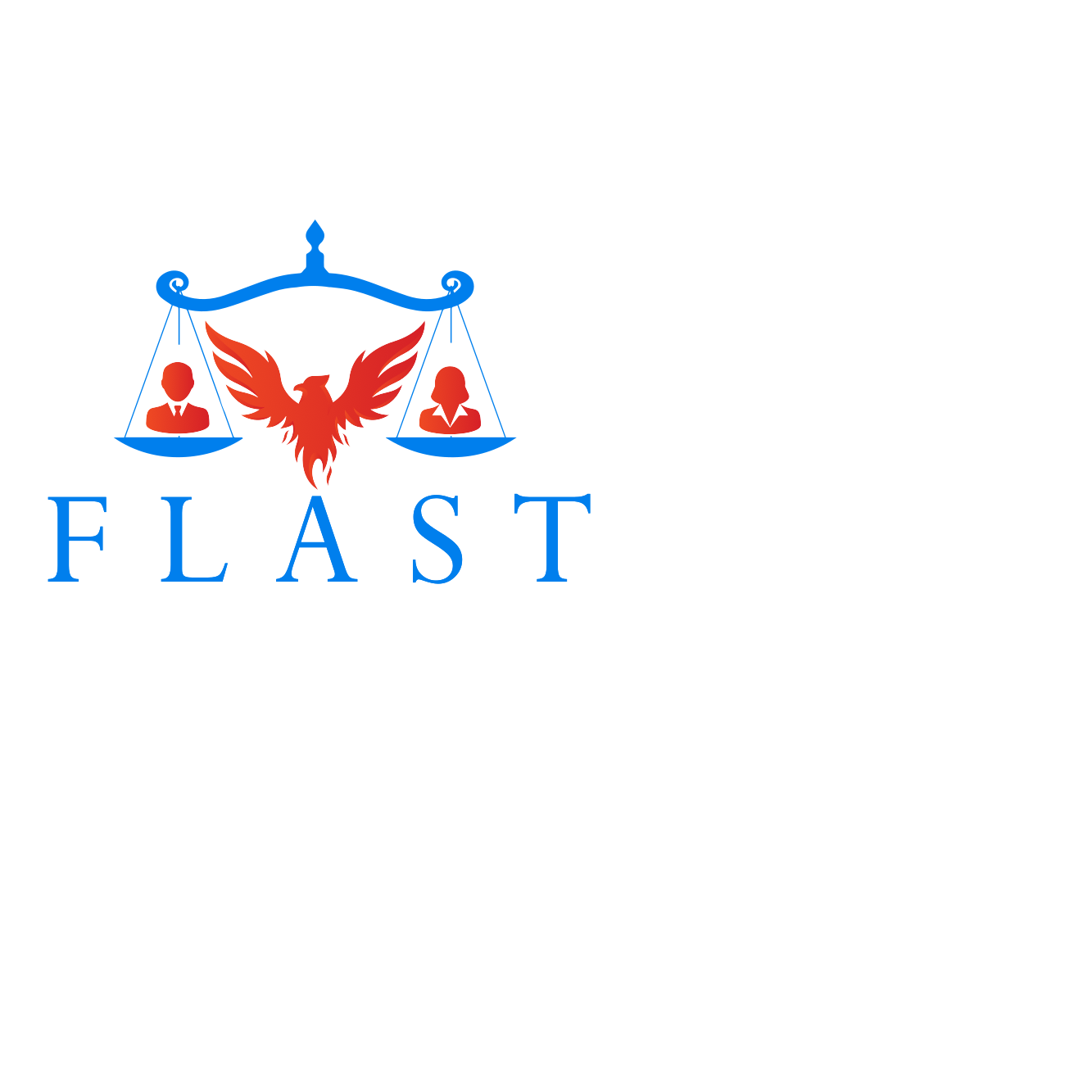- · 4790 friends
Truth, Trusts and Tax Returns: Property Ownership and Disclosure Under Scrutiny in Da Gama Divorce Battle
📘 Introduction:
In Da Gama & Fabien, the Federal Circuit and Family Court faced a complex property settlement involving conflicting claims over international and local property ownership, alleged add-backs, and the credibility of financial disclosures. Justice McGuire had to wade through poor forensic evidence, contested financial arrangements, and trust claims unsupported by documentation. This case emphasizes the significance of transparency and substantiation in financial proceedings under the Family Law Act 1975 (Cth).
📋 Facts and Issues:
🧾 Facts:
- Mr. Da Gama (husband) and Ms. Fabien (wife) were married for a short period of two years and two months, separating in July 2019.
- Disputes arose over whether two properties — in Queensland (Suburb K) and Country O (Region N) — legally titled to the husband, were part of the matrimonial property pool.
- Both parties alleged significant financial contributions and sought "add-backs" totaling hundreds of thousands of dollars.
- No expert forensic evidence was provided by either party, despite extensive bank documentation.
- The wife claimed a 10% adjustment for limited earning capacity and mental health issues, alleging coercive control during the relationship.
❓ Issues:
- Should the Suburb K and Region N properties be included in the property pool?
- Are the parties entitled to the "add-backs" they each claimed?
- Should there be an adjustment under s 75(2) of the Family Law Act for future needs, especially for the wife?
- How should the assets be divided justly and equitably given the lack of clarity in contributions?
⚖️ Application of Law:
🔹 Property Inclusion:
Justice McGuire applied the “Elias principle” from Elias v Elias (1977) FLC 90-267 and Jordan & Jordan (1997) FLC 92-737. A person cannot deny ownership after making representations for personal benefit (e.g., tax deductions). The husband’s claims that he held the Suburb K and Region N properties on trust were rejected due to:
- Absence of credible evidence from alleged beneficiaries.
- Tax records and mortgage documents identifying the husband as owner.
- Lack of credibility of supporting witnesses ([55]–[65], [70]–[75]).
🔹 Add-Backs:
Referencing Trevi & Trevi (2018) FLC 93-858 and Kowaliw & Kowaliw (1981) FLC 91-092, the Court outlined three categories of acceptable add-backs:
- Legal fees
- Premature distribution
- Wasteful dissipation
Due to insufficient documentary evidence, most claimed add-backs were treated as relevant to s 75(2)(o), rather than factored directly into the property pool ([44]–[47], [80]–[82]).
Only $20,000 in proven add-backs (sale of watches and a vehicle) was accepted against the husband ([76]–[77]).
🔹 Contributions & Adjustments:
- Initial contributions by both parties were valued based on equity in real property at cohabitation and during the relationship ([85]–[90]).
- Non-financial contributions by the wife in establishing the husband’s business were acknowledged ([89]).
- Adjustments were made:
- 7.5% in favour of the husband for contributions.
- 5% in favour of the wife under s 75(2), due to:
- Mental health impacts linked to coercive control ([93]–[98]).
- Reduced working capacity, supported by psychological evidence ([95]–[98]).
🧠 Judgment Analysis and Reasoning:
Justice McGuire emphasized the following:
- The need for probative evidence: Thousands of pages of bank statements without proper expert analysis are insufficient. The Court is not a forensic accountant ([16]–[17]).
- Burden of proof rests with each party asserting a financial claim. Unsupported allegations or explanations without corroboration were discounted ([87]–[90]).
- The “Elias principle”, while discretionary, was used to prevent parties from benefiting from contradictory claims of ownership ([54]).
- The adjustments were proportional, with clear reasoning for credibility assessments and application of psychological evidence under s 75(2) ([93]–[99]).
Ultimately, while the Court determined that the husband should receive 52.5%, it accepted the wife’s proposal to split trust proceeds equally, giving the husband 58.55% of the net pool ([100]–[102]).
📚 Cited Precedents:
- Stanford & Stanford (2012) 247 CLR 108 – Emphasized independent assessment under s 79(2).
- Elias v Elias (1977) FLC 90-267 – Admissibility of inconsistent financial representations.
- Trevi & Trevi (2018) FLC 93-858 – Add-backs as discretionary exceptions.
- Horrigan & Horrigan [2020] FamCAFC 25 – Limits of judicial role in tracing financial transactions.
- Nelson v Nelson (1995) 184 CLR 538 – Rebuttal of legal presumptions and unlawful intent.
🎓 Take-Home Lesson:
Courts require more than bank statements and assertions—credible evidence, expert reports, and consistent disclosures are essential. Parties cannot deny ownership after benefiting from legal title. Psychological harm and coercive control may significantly influence property division under s 75(2), and the discretion of the court is exercised with fairness, not formula.

